To many travellers, Hong Kong presents itself as an awe-inspiring urban sprawl that’s packed with fun things to see and do. You’ll be dazzled by the layers of architecture, delighted at the cuisine, and charmed by the locals as they bustle about. Skyscrapers aside, there is another side to Hong Kong. The islands taper away from glamorous buildings and give way to breathtaking natural environments. There are plenty of Hong Kong hidden gems to discover, and we’ve listed down the best of them for you to check out on your next trip!
Discover hidden gem nature destinations in Hong Kong
1. Braemar Hill

Image credit: Brian H.Y. | Flickr
Tucked away on Hong Kong Island, Braemar Hill is a hidden gem that’s perfect for any traveller looking for a quick getaway from the city. Also known as the Red Incense Burner Summit, making your way up Braemar Hill is probably the easiest hike in Hong Kong, and it rewards you with a spectacular view to boot. Getting there is pretty easy too.
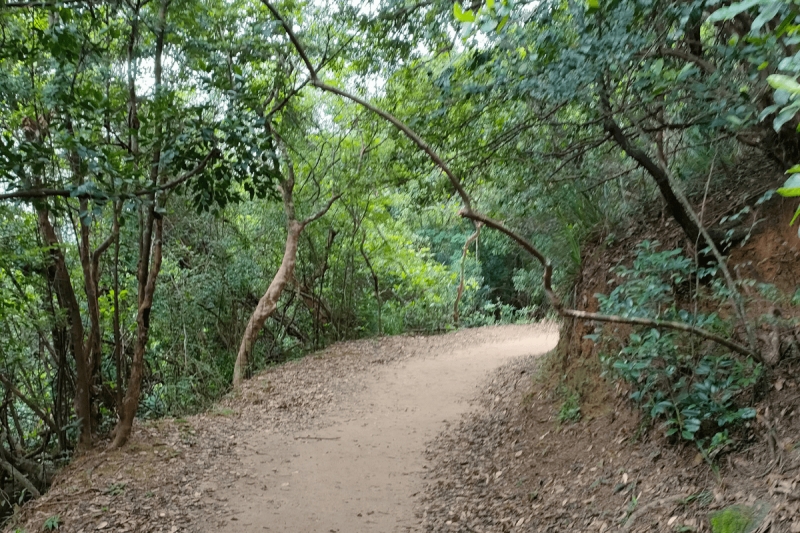
You can take the number 27 Citybus from the Central Bus Terminus, or the Green Minibus 25 from Causeway Bay. Get off at the Braemar Hill Bus Terminus, which should be near St. Joan of Arc Secondary school. Walk along for a bit until you reach a set of steps to the left, leading down to a pathway. Along this wide path, you should be able to spot some cool graffiti on the wall to the right.
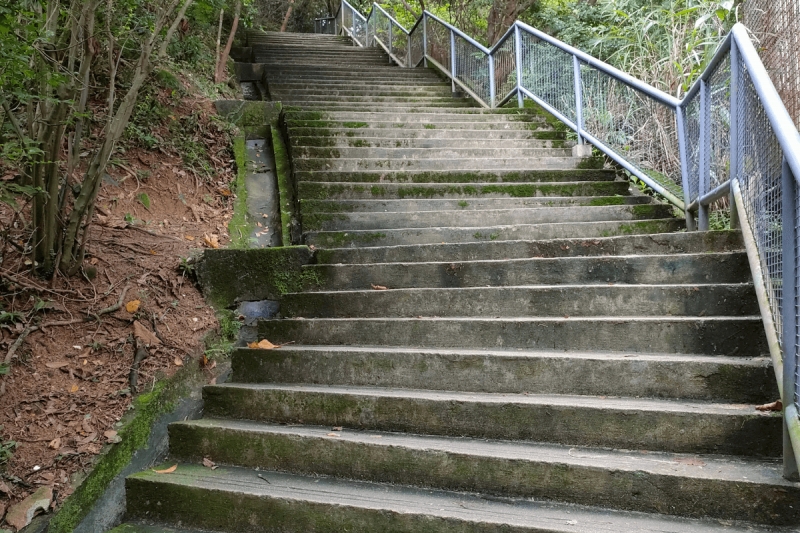
At the end, a set of stairs will take you up and you’ll be officially on the Braemar Hill hiking route. The path to the top isn’t super-challenging, with mostly flat ground. If you’re taking on the hike in the morning, the air should be cool and refreshing.
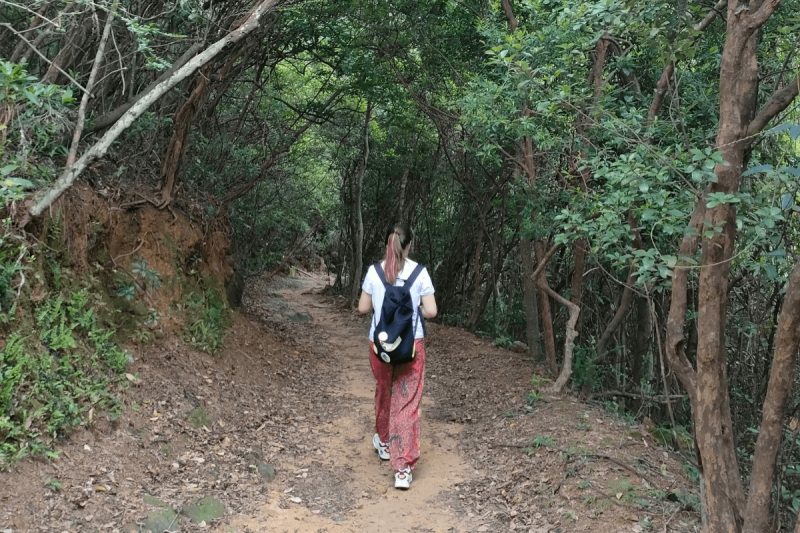
Along the way, you might be lucky enough to spot some wildlife like butterflies and forest spiders. There’s also a burbling creek that makes its way through the woods up the hill; try to find it by following the sounds of the water!
Once you reach the peak, get your cameras out for an amazing bird’s-eye view of Hong Kong Island, and Kowloon in the distance. As you’ll soon notice, Hong Kong is filled with some pretty epic hiking adventures, and Braemar Hill is the perfect destination to get started.
Alternatively, if you’re looking for a full hike, there’s another (longer) route within Braemar Hill that takes you to the same main viewpoints at the end. It just adds a little extra walking time in between. On top of that, if you’re feeling adventurous, you can explore small detours off the main path to discover different, hidden lookout points that also come with amazing views.
Also read: Hong Kong Foodie Bucket List: From Local Secret Hunts to Michelin-starred Dining
2. Tai Lam Country Park
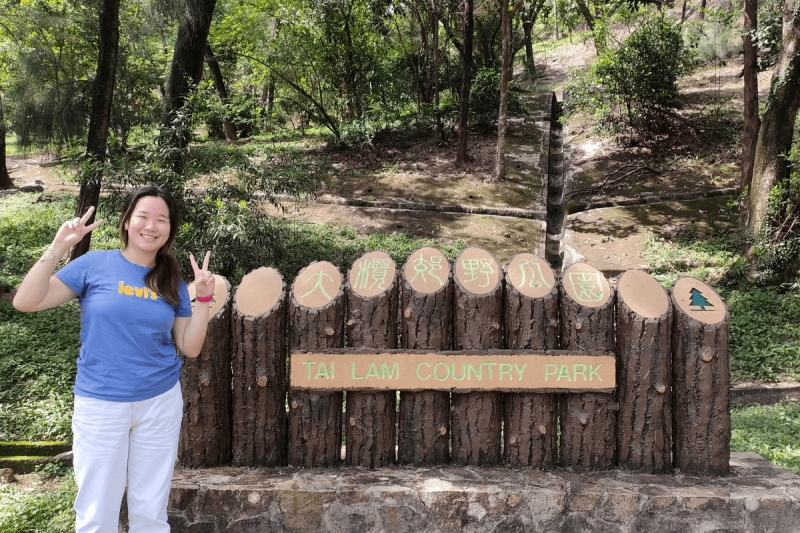
If you’re in search of a thrilling and beautiful nature experience in Hong Kong, look no further than the spectacular Tai Lam Country Park (also known as Tai Tong). Located on the mainland, this massive swathe of green is an incredibly popular destination for hikers, mountain bikers, and nature lovers alike.
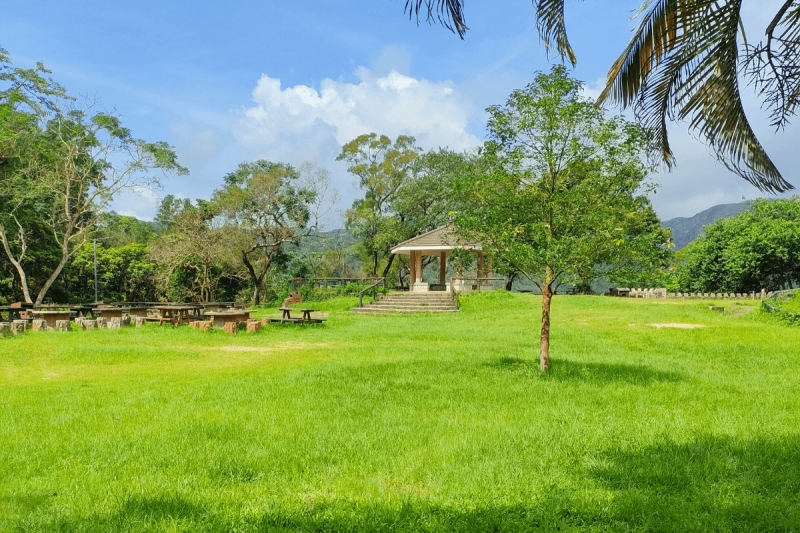
Upon arriving at the main entrance to Tai Lam Country Park, two main trails branch off into the surrounding greenery; one meant for mountain bikers and another for hikers. There’s also a map of the park that gives you a clear picture of its overall size, and the number of different trails you can embark on within. Unless you’re coming with a bike, the best way to take on Tai Lam on your first go is to follow the hiking path; a set of stone steps that lead into a beautiful green clearing.
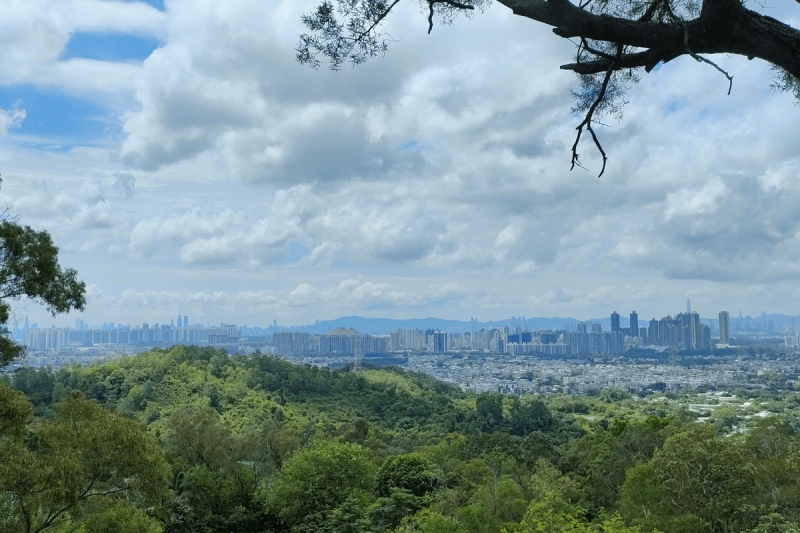
Here you’ll find several shaded pavilions and tables to either rest or give your supplies a once-over before heading into the park proper. There’s also a water-refilling station in this area, within a kiosk that sells sodas, energy drinks, and light snacks. Besides that, there’s also a simple lookout spot here that allows you to see the city skyline, so be sure to grab some photos!
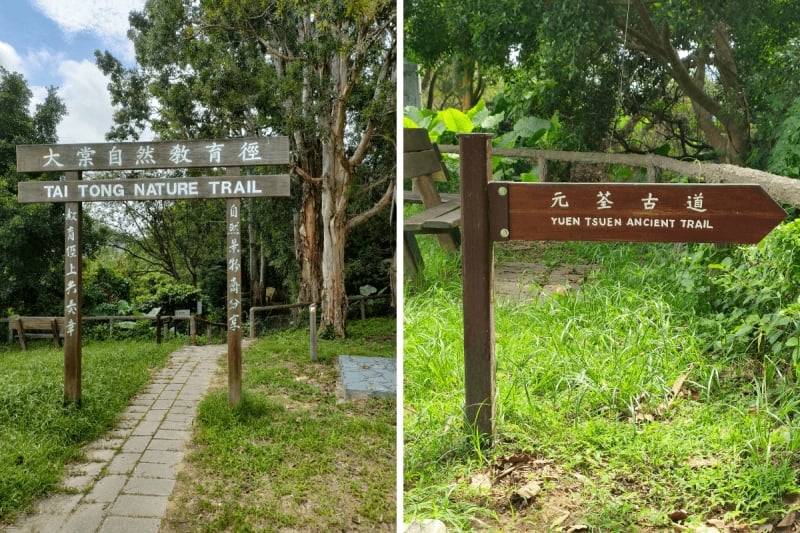
The best way to start your Tai Tong adventure is by taking the Tai Tong Nature Trail, which you’ll be able to access from the aforementioned clearing. There’s a big sign that points you in the right direction too. The Tai Tong Nature Trail intersects with many other trails throughout the park, including one that takes you past the famous Sweet Gum Woods. As you start the Tai Tong Nature Trail, you’ll see a smaller sign that shows it’s part of the Yun Tsuen Ancient Trail, which is a sign that you’re going in the right direction.
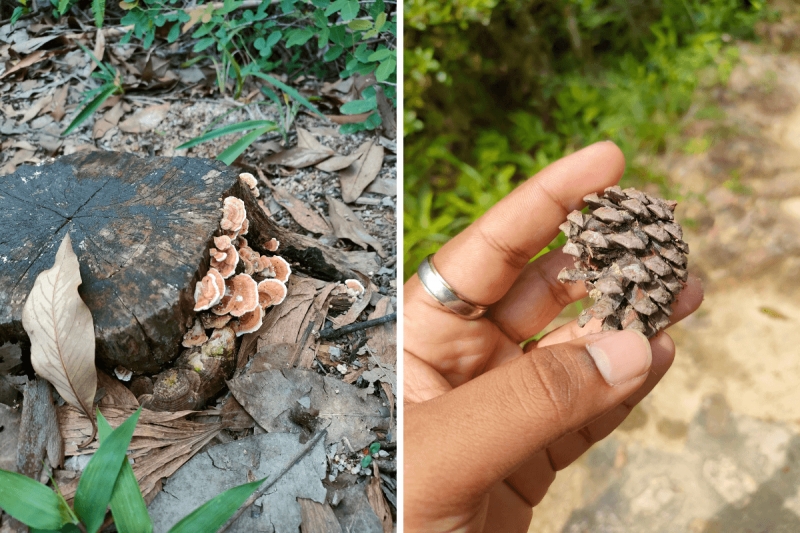
Along the trail, you’ll likely encounter interesting samples of flora and fauna, including beautiful butterflies, wild berries, pinecones, and wildflowers. There are also plenty of helpful signage posts that explain more about the different checkpoints of the trail. Eventually, you’ll come to a fork in the trail. If you’re confused about where to go next, just follow the sign that says ‘Nature Trail’. Basically, you’ll want to keep an eye out for signs that show you the next leg of the Yuen Tsuen Ancient Trail.
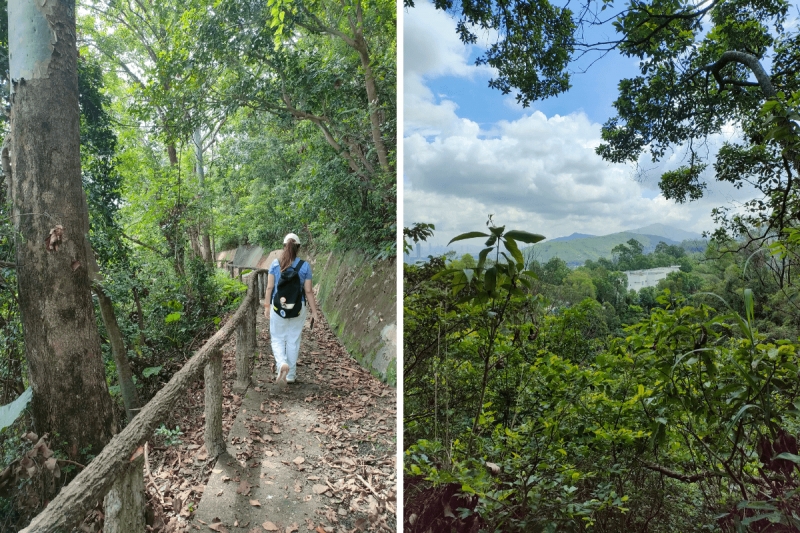
On the whole, the Tai Tong Nature trail is an average hike of about five kilometers. You can stop after that, or continue on the Yuen Tsuen Ancient Trail, which takes you deeper into the woods. This is a more challenging route, with a total distance of 13 kilometers which equals roughly four hours of walking.
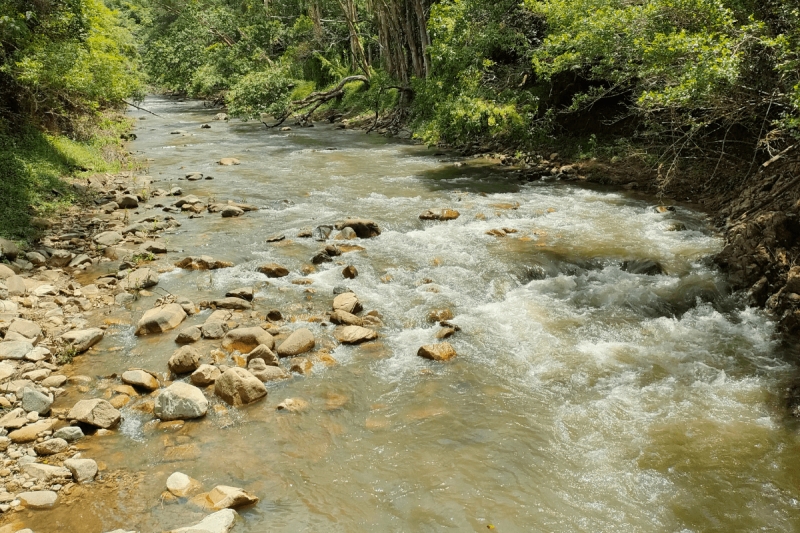
Follow along the Yuen Tsuen Ancient Trail and eventually, you should reach another clearing with more shaded pavilions to rest. There’s also a bridge here that stretches across a rushing river which is a tributary of the Tai Lam Chung Reservoir. It’s a great spot for pictures and a quick breather before continuing.
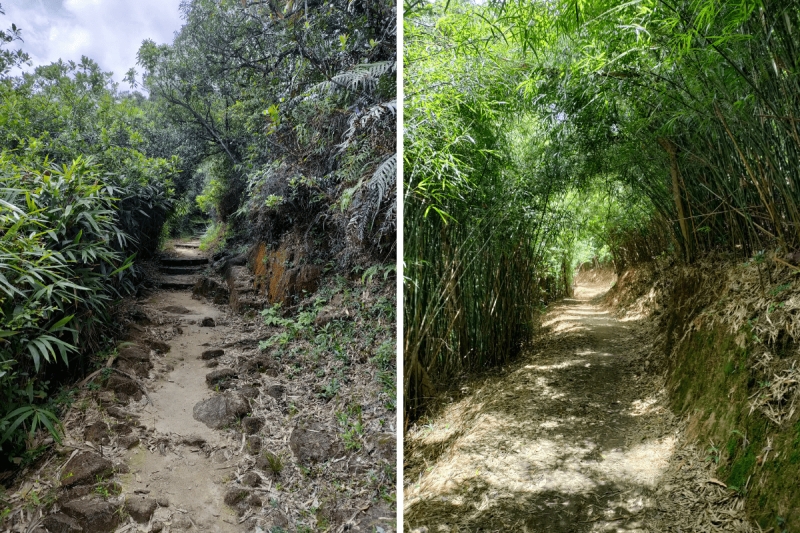
At this point, you can start heading back. The first option is to follow the trail signs that lead you back to the car park. There’s also a path branching off along the homeward trail that lets you take a detour and explore the Sweet Gum Woods. This is an especially popular destination in the autumn season when the leaves turn shades of orange and gold.
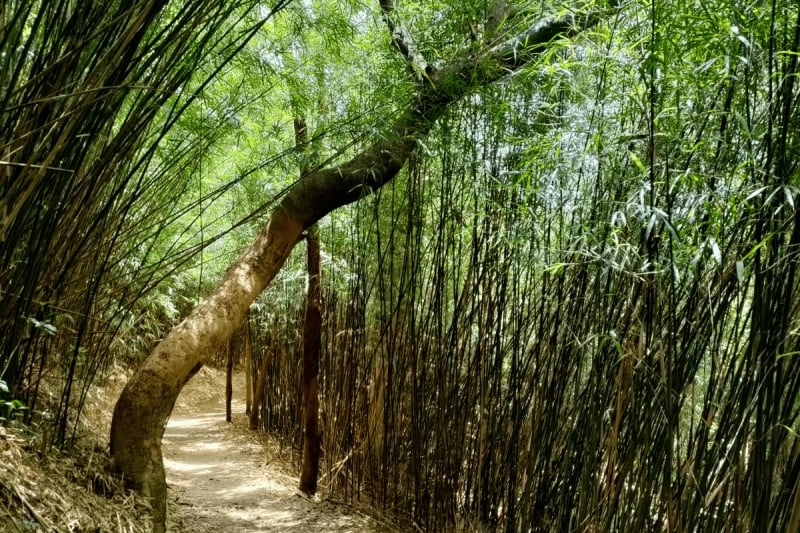
Exploring Tai Lam Country Park is certainly a must-try activity for nature lovers in Hong Kong. You’ll discover a brand-new side to the islands and experience Hong Kong’s abundance of natural beauty, firsthand.
Also read: An Urban Explorer’s Guide to The Best Places to Shop And Play in Hong Kong
3. Kowloon Walled City Park
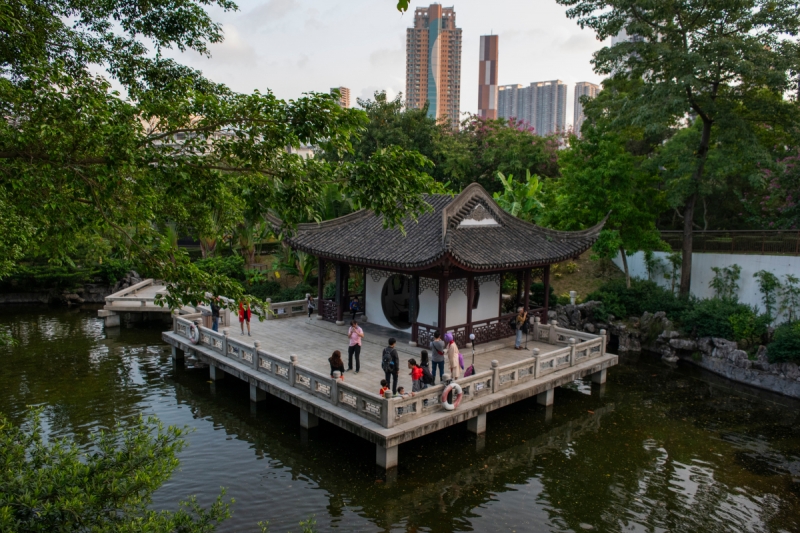
Another hidden gem amidst Hong Kong’s dense environment, Kowloon Walled City Park is a Jiangnan-style Garden that sits in place of the once-notorious Kowloon Walled City. Once a maritime defense station in the 15th century, the space then transformed into a densely packed, walled garrison city that was torn down in 1994. The fall of the Walled City gave way to this beautiful park, filled with enchanting floral walks, scenic gardens, and historic memorials to mark the existence of the Walled City.
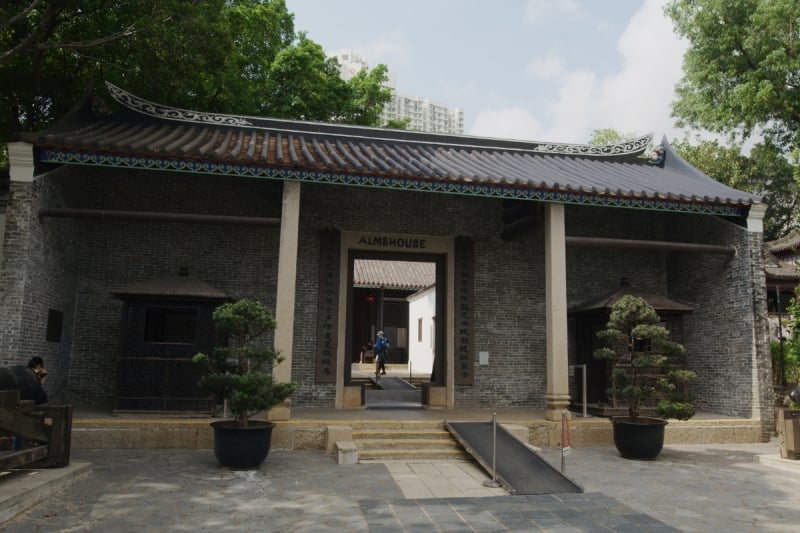
Image credit: Leung Cho Pan via Canva Pro
The Kowloon Walled City Park is divided into several key areas. First is the Yamen, a declared monument that is the only surviving structure from the Kowloon Walled City era. Designed with a Southern Chinese architectural style, the Yamen is composed of three rows and four houses built with brick, granite, and a traditional Chinese fir roof.

Image credit: gionnixxx via Canva Pro
Inside, visitors can explore stone tablets and historical records relating to the Kowloon Walled City, and the subsequent creation of the park. Don’t miss out on the City of Thousands Faces monument, a permanent exhibition that showcases the Kowloon Walled City’s bygone era through a bronze miniature model, and a cross-section of the pre-demolished city.

Image credit: OSTILL via Canva Pro
Feel the serenity of the park at the Garden of Four Seasons (also known as Guanyin Square). Here, you’ll find rock displays, seasonal plants, and Lingnan-style bonsai. Certain shrubs in the garden have also been carefully shaped into phoenix and dragon shapes.

Image credit: OSTILL via Canva Pro
Another garden that you need to check out is the Garden of Chinese Zodiac, a grassy area filled with 12 white-stone animal sculptures representing the Chinese Zodiac signs. Crafting in styles from the Han and Qing dynasties, these cute sculptures sit serenely beneath the surrounding cotton and rubber fig trees.
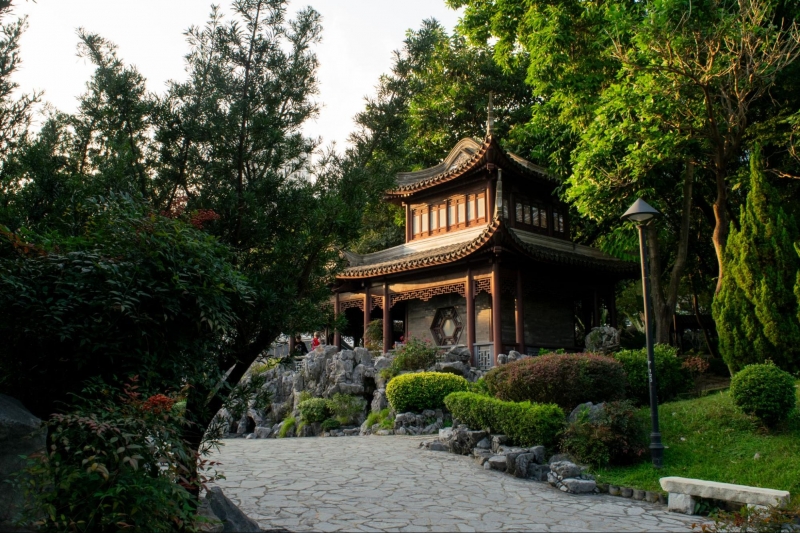
The Kowloon Walled City Park is also home to iconic structures such as the Six Arts Terrace, a charming garden space before a traditional Chinese-style pavilion. It’s a popular venue for local wedding ceremonies and receptions. In addition to that there, check out the two-story Mountain Pavilion. The traditional upswept roof corners add a unique charm to the structure, evoking the image of a boat. Within, you’ll find a classic Hong Kong red rickshaw (once a common sight in the city) on display.
4. Mai Po Nature Reserve
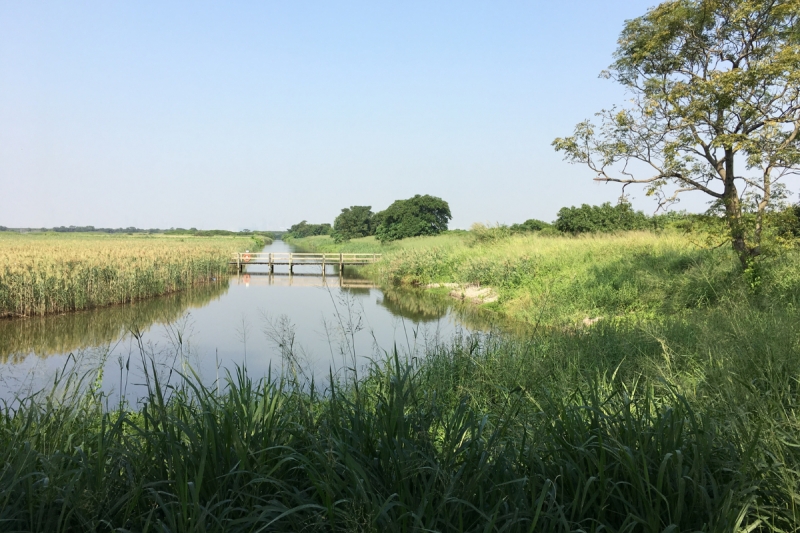
Image credit: WinsomeMan via Canva Pro
Situated on the northwestern corner of Hong Kong, the Mai Po Nature Reserve and Inner Deep Bay Wetlands are among the most important areas for biodiversity in Hong Kong. The wetlands are a protected habitat and the best way to visit is to book a tour via the World Wildlife Fund (WWF) website. Mai Po is a natural paradise that’s home to more than 400 species of birds alone, including important species like the Black-faced Spoonbill, Black-headed Gull, and Little Ringed Plover.
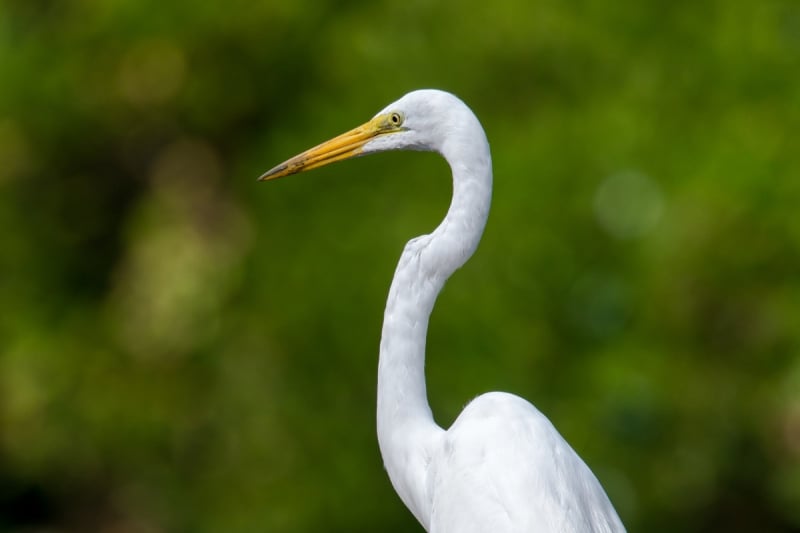
Image credit: EarnestTse via Canva Pro
Other fauna that roam the wetlands include Eurasian otters, buffalo, and various aquatic animals and insects. The terrain here is split into five main areas; gei wai, freshwater ponds, inter-tidal mudflats, mangroves, and reedbeds. Through tours organised by the WWF, you can visit Mai Po Nature Reserve and enjoy activities like exploring the different types of wetlands within the reserve, going on a mangrove boardwalk tour, and enjoying a night safari.
5. Lantau Island
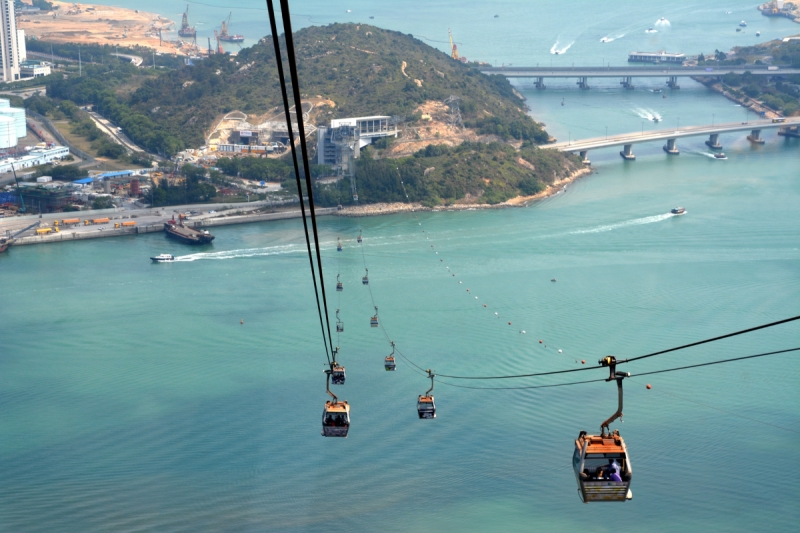
Image credit: gionnixxx via Canva Pro
Lantau Island is the largest of Hong Kong’s many islands and is part of the New Territories. A trip here quickly reveals how many scenic adventures are hidden around Hong Kong. Start your exploration by getting on the Ngong Ping 360 cable car which travels from Tung Chung to the peaceful Ngong Ping Village, offering stunning views of Lantau along the way. From here, you’ll also be able to see the Big Buddha and the Hong Kong-Zhuhai Macao-Bridge.
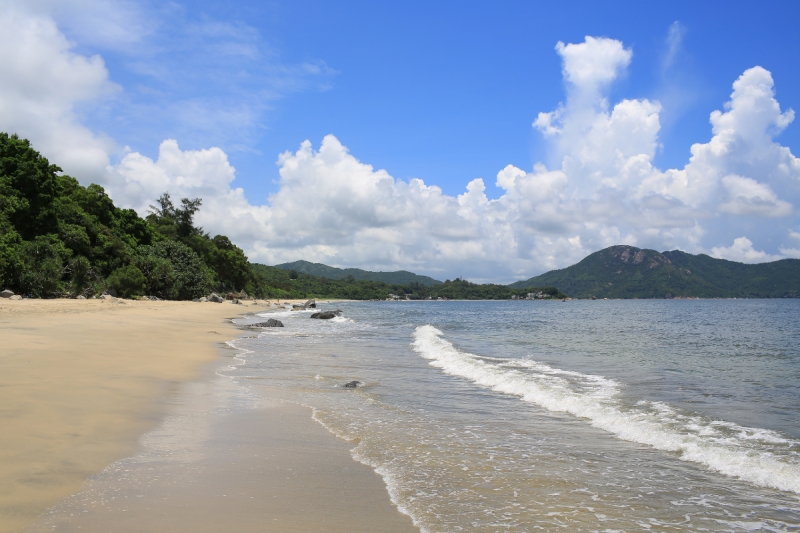
Image credit: LewisTsePuiLung via Canva Pro
Make your way to Cheung Sha Beach and Pui O Beach for a sandy retreat and a breath of fresh air. Both of these destinations are top contenders for the best beaches in Hong Kong. While Pui O is the more remote option, Cheung Sha’s three-kilometre white sand stretch makes it one of the longest beaches in Hong Kong. It’s also a great place to try water sports like kayaking, windsurfing, and kiteboarding.
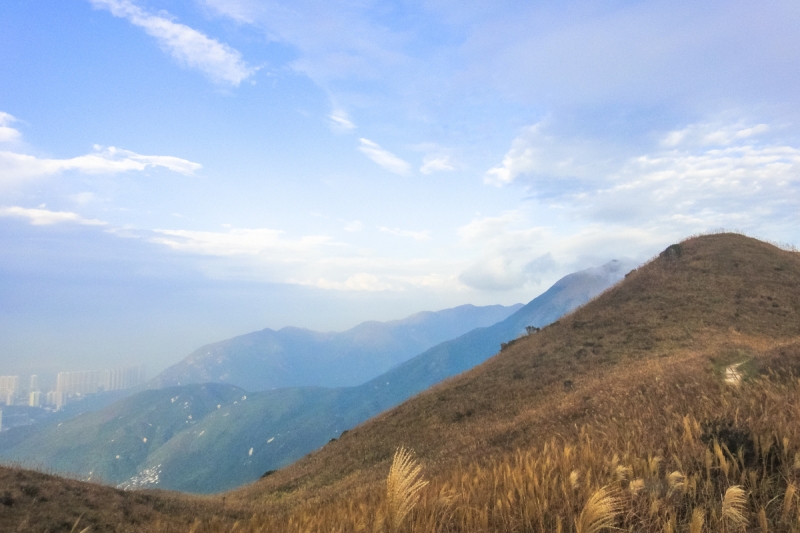
Image credit: AlexanderXXI via Canva Pro
Besides beaches and scenic views, Lantau Island is also home to the famous Lantau Trail. This 70-kilometre trail cuts across most of the island, incorporating several memorable viewpoints and wild natural spectacles. The total length of the trail is divided into 12 sections of varying difficulty. Of those, don’t miss the hike to Sunset Peak, which as its name suggests, is a fantastic place to enjoy the best sunset views on the island. The best time to visit is in autumn or winter when the surrounding silvergrass shimmers the brightest.
6. Dragon’s Back
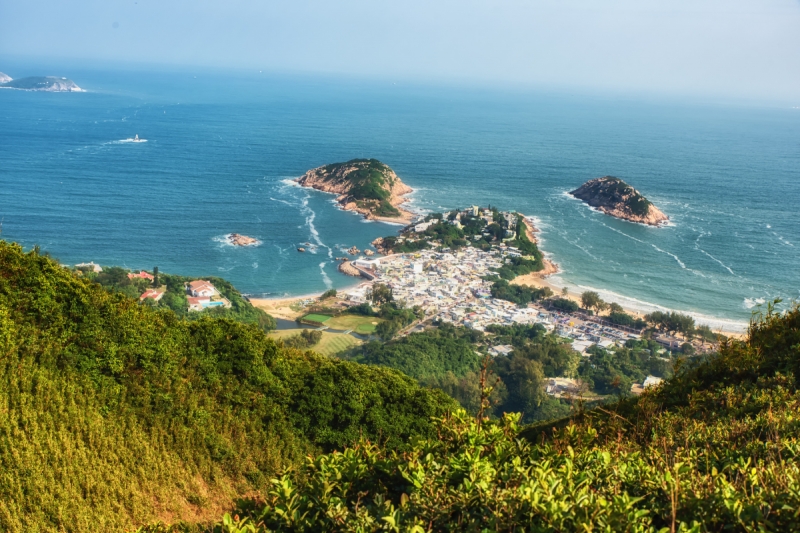
Image credit: atosan via Canva Pro
This is Dragon’s Back, one of the most popular hiking routes on Hong Kong Island. Certainly not one for beginners, Dragon’s Back carves a path across Shek O Peak in the Shek O Country Park and begins at the To Tei Wan bus stop. From there, the hiking route will lead you up a gently rising, forested hillside and into the mountain before ending at Big Wave Bay. It’s a long and challenging stretch with four major checkpoints in between; the Shek O Peninsula Viewing Point, Shek O Peak, Dragon’s Back Viewing Point, and Pottinger Gap.
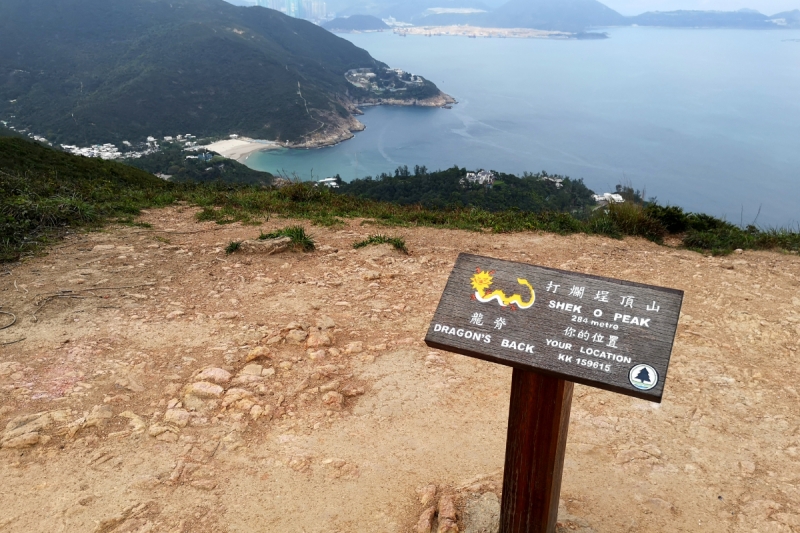
Image credit: gionnixxx via Canva Pro
Shek O Peninsula Viewing Point offers a beautiful vista of the Shek O Peninsula from a rustic wooden terrace. It’s a good place to rest before tackling the next leg, a 284-metre climb to Shek O Peak. At the top, you’ll encounter a peaceful open area that offers breathtaking views over the Shek O Peninsula. Look towards Big Wave Bay in the distance to find out how Dragon’s Back got its name, the trail curls back on itself beside the way like a sleeping dragon.
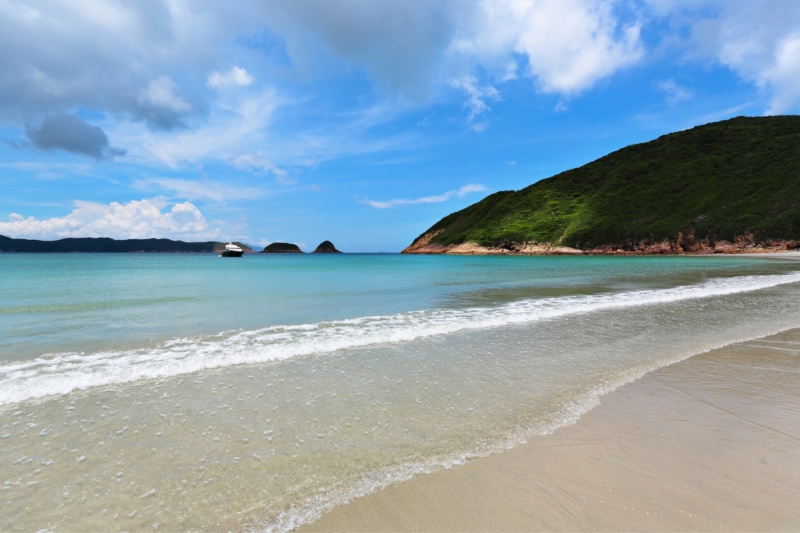
Image credit: Leung Cho Pan via Canva Pro
Another rest area is the Dragon’s Back Viewing Point, further down the trail. On a clear day, you’ll be able to enjoy a 360° view of the surrounding landmarks including Stanley, Tai Tam Bay, and even Lamma Island in the distance. Right before you reach Big Wave Bay, there’s one more stop on the way; Pottinger Gap. This little clearing surrounded by bright green trees is home to a shaded pavilion that makes a good rest stop. Finally, you can tackle the steep, downhill trek to the bay where a picturesque beach awaits.
Also read: Discover Hong Kong Your Way: Fun Experiences For All Travel Styles
Hong Kong has plenty of natural hidden gems to be discovered, and we’ve saved some of the best for last. Read on to discover more scenic and breathtaking nature spots in Hong Kong!
Brought to you by the Hong Kong Tourism Board. All images, unless otherwise stated, are credited to @jerry.p.97.




